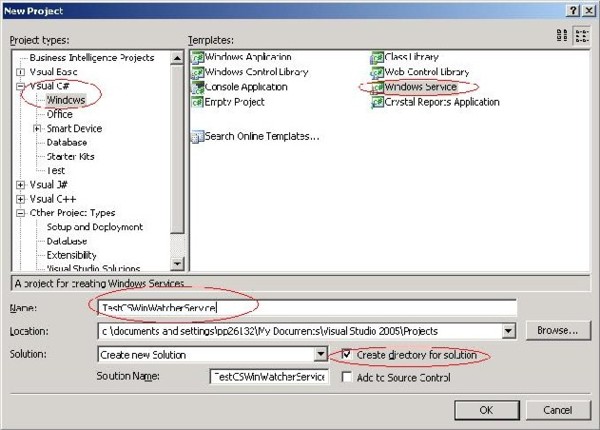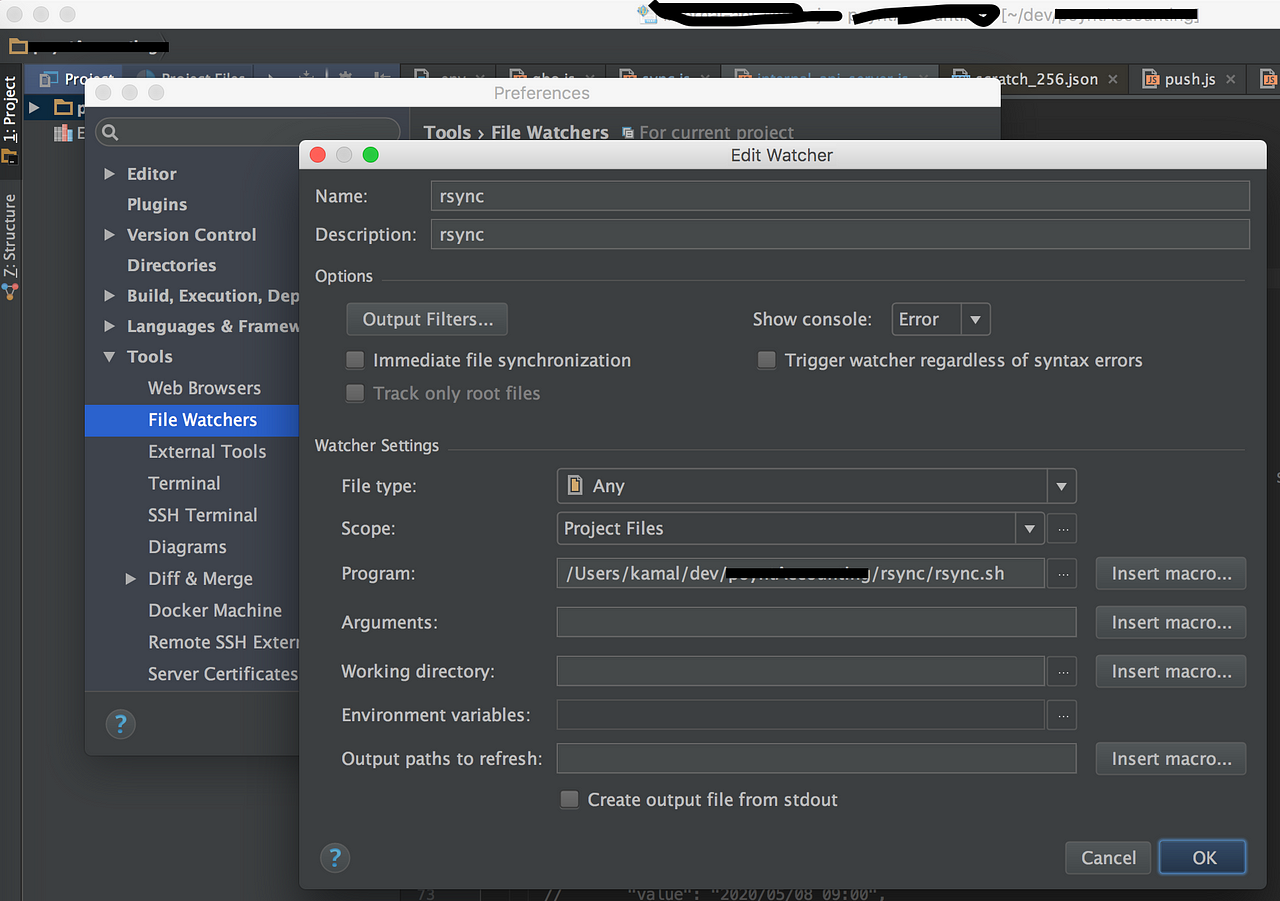

- FILEWATCHER WINDOWS UPDATE
- FILEWATCHER WINDOWS CODE
- FILEWATCHER WINDOWS DOWNLOAD
- FILEWATCHER WINDOWS WINDOWS
FILEWATCHER WINDOWS UPDATE
Taking everything into consideration, we can say that FileWatcher is a practical application overall and comes in handy when you really need to know the moment an update arrives or something happens to files in your personal folder. It can either be cleaned at the press of a button or saved to file for later use. Every performed action is kept track of in a real time updating log. In case you work with multiple folders, a notes feature lets you write down important bits of text. You can also add another command to be executed in case no changes are detected for a specific amount of time. The command launched on alerts can be triggered in a few different methods, such as once for every file or for a whole list. You can go deeper into customizing the set of rules. Important note: Filewatcher requires Microsoft.Net Framework 4.0 for more.
FILEWATCHER WINDOWS DOWNLOAD
This can be any executable or script file, with the possibility to also add parameters and test out functionality. Click here to Download File Watcher Installer Released : December 18, 2020. What's frustrating is that there are not preset commands, and it's mandatory that you provide an application or command to be launched when an alert is triggered. If you're only interested in a single type of file, the application lets you specify extensions of interest, or simply let it notify you for every event. Pick directories and alert typeĪdditionally, you can set a refresh interval and whether or not to watch subfolders as well. Compiler Support: Works on: Clang 4 and higher GCC 4.8 and higher Visual Studio 2015 and higher should be supported, however only 2019 is on the ci and tested. Install: Drop FileWatch.hpp in to your include path, and you should be good to go.

FILEWATCHER WINDOWS WINDOWS
Not everything is monitored by default, with options to be on the lookout for new, updated or deleted files. Single header folder/file watcher in C++11 for windows and linux, with optional regex filtering. Sadly, you can't simply drag target directories over the main window, but importing is easy enough through the implemented explorer. The process is straightforward, with most requirements having you pick directories to keep under watch, and an operation to perform when changes are detected. Running the application brings up a well-organized interface, with a few steps you need to take found in tabs. This is exactly what FileWatcher wants to take over from you, providing a neat set of features with which to keep multiple directories under surveillance and receive notifications when files are moved or removed.

Certain situations might even require you to keep an eye on changes that occur. Private void Watcher_Changed(object sender, FileSystemEventArgs e)Īlso note, the FileSystemWatcher will fire off multiple events for a single file, so when you're debugging watch for patterns to work around it.There are various files on your computer that get updated on a daily basis. This event is raised when a file is changed Watcher.Changed += new FileSystemEventHandler(Watcher_Changed) It should look something like this: protected override void OnStart(string args)įileSystemWatcher Watcher = new FileSystemWatcher("PATH HERE")
FILEWATCHER WINDOWS CODE
Do any cleanup code in your OnStop method. Declare and initialize the control in your OnStart method and tie together the events as well. Now the FileSystemWatcher doesn't have an event to watch solely for size, so you'll want to make a method that ties to FileSystemWatcher.Changed to check for modifications to existing files. I usually keep forms out of my services and make a separate interface for them to communicate. So, it is not a big deal to design this form. This example uses the basic controls apart from the FileSystemWatcher Component. From fig.1 you can place the needed controls to the form. Preparing the Windows Form For FileSystemWatcher.
If you're making a Window's service, then you'll want to do it programmatically. It is simple to create this sample as much of the work is done by the FileSystemWatcher Component.


 0 kommentar(er)
0 kommentar(er)
